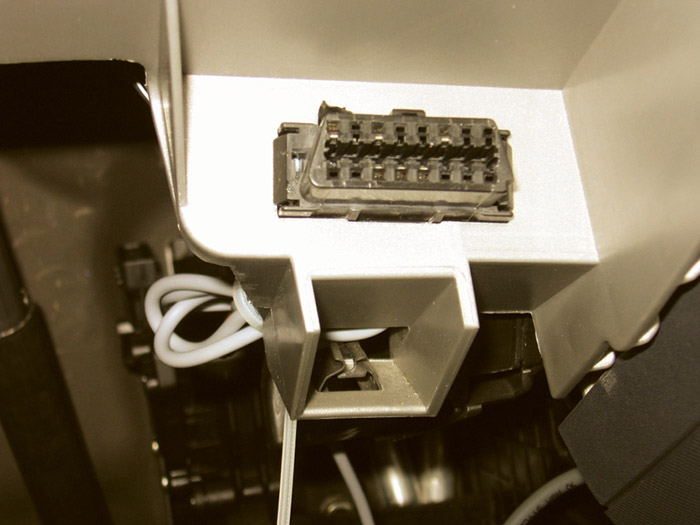Data security and functional safety
At one point of time, security in a car meant preventing break-ins and more complex locks. But, security has many more dimensions now.
“With the tremendous amount of data streaming through today’s vehicles, security has become a necessity for automakers to protect their control systems from software attacks,” says Ganesh.
Apart from physical intrusion, automakers also need to protect the car from inappropriate manipulation such as car tuning and fake spares. They need to prevent hackers from accessing the various ECUs. New payment methods for parking fees or tolls bring up the need to secure the flow of transactional data. Navigation systems pose a threat to privacy. In short, there are umpteen complex dimensions to automotive security today.
Hence a combination of security solutions including chip cards and identification systems for entry control, hardware and software security modules to prevent unauthorised access to the engine control unit, tamper detection to protect against unauthorised code changes, power modifications and emissions tampering, and advanced network security to protect streaming data is used to protect a vehicle. Crypto and authentication chips, such as those offered by NXP, can bring the credit card or electronic passport level of security to cars.
ISO 26262 standard helps enforce functional safety requirements in today’s automobiles. It not only helps design safe products but also set up appropriate processes for developing such products. It is being increasingly adopted by automotive system developers.
Road safety
Features such as airbags and stability control systems, adaptive cruise control, anti-lock braking system, lane-departure warning, tyre-pressure sensor systems, panoramic rear-view aids, traffic light recognition, collision detection, electronic steering and chassis domain control are used in various combinations to improve passenger safety.
Such safety mechanisms involve a complex interplay of intelligent sensors, microcontrollers, automotive power standard products, application-specific standard products, highly-integrated customised application-specific ICs (ASICs), cost-effective system-in-package (SiP) solutions and more. Plus, there are protocols such as PSI5 and DSI to be complied with.

“The facility of e-call is being adopted by many automakers today. This technology automatically alerts emergency service providers to the location of an accident. With inter-vehicle communication, Ethernet-based parking-assistance solutions, crash-avoidance technologies, intelligent sensors for car battery monitoring, blind-spot detection, night vision and more, the industry is gearing up to the challenges and coming up with solutions that will have an overall impact on the safety of passengers,” says Ganesh.
He adds, “2012 witnessed all cars having mandatory electronic stability control (ESC). ESC is the most significant safety feature since three-point seat belt. Another feature called intelligent speed adaptation is used to inform the driver about the speed limit for the road he is driving on and automatically reduce the vehicle’s speed. The technology can very well benefit our country where every day one hears cases of high-speed collision with stationary vehicles on expressways.”






